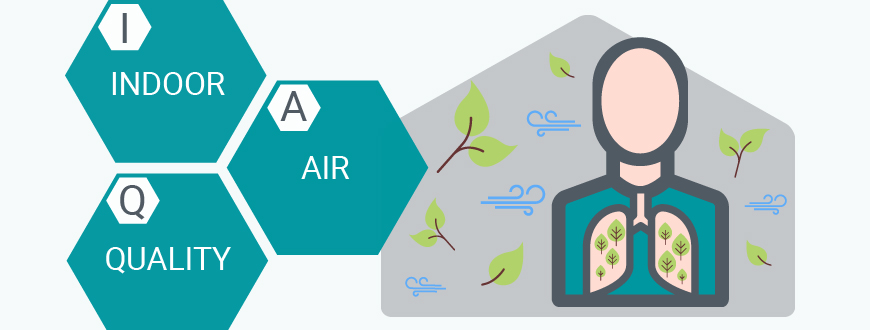Introduction
Poor indoor air quality can have a significant impact on your health and well-being. From allergies to respiratory problems, the effects of poor air quality can be serious. In this blog, we’ll explore the top causes of poor indoor air quality and solutions to improve it.
Pollutants
ollutants can come from a variety of sources, including cleaning products, building materials, and even outdoor air pollution. To improve indoor air quality, consider using natural cleaning products, choosing low-VOC building materials, and limiting the use of candles and other scented products.
Poor Ventilation
Poor ventilation can lead to a buildup of contaminants in your home, such as carbon monoxide and radon. Ensure that your home is properly ventilated by opening windows and using exhaust fans in the bathroom and kitchen. Consider installing an air exchange system to improve ventilation and reduce the risk of contaminants.
Humidity
High humidity levels can lead to mold growth and other moisture-related problems. Use a dehumidifier to maintain proper humidity levels, and address any leaks or moisture problems promptly to reduce the risk of mold growth.
Pet Dander and Allergens
Pet dander and other allergens can contribute to poor indoor air quality, particularly for those with allergies or respiratory problems. Keep your home clean by vacuuming regularly and using an air purifier to remove allergens from the air.
Smoking
Smoking can have a significant impact on indoor air quality, releasing harmful chemicals into the air. If you smoke, consider quitting or smoking outside to reduce the impact on it
Conclusion
Poor indoor air quality can have serious health effects, but there are many solutions to improve it. By addressing the causes of this quality, such as pollutants, poor ventilation, humidity, pet dander and allergens, and smoking, you can improve the air quality in your home and promote better health and well-being. Consider using natural cleaning products, properly ventilating your home, maintaining proper humidity levels, and using air purifiers to improve indoor air quality. If you’re struggling with quality, consider consulting with a professional to identify the underlying causes and develop a plan to improve it in your home.

